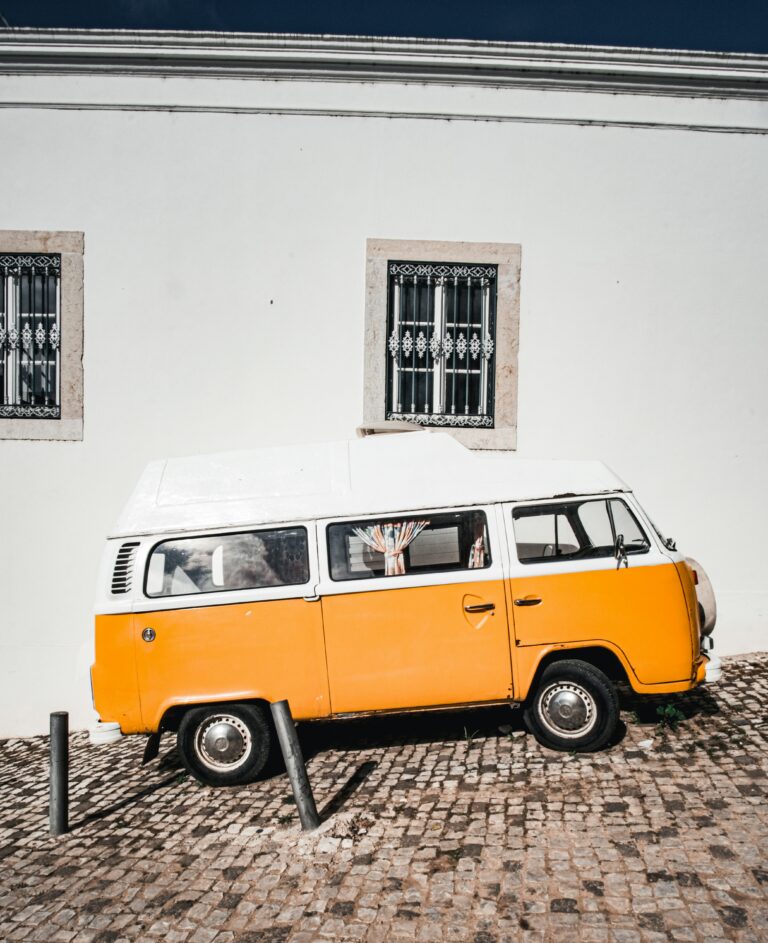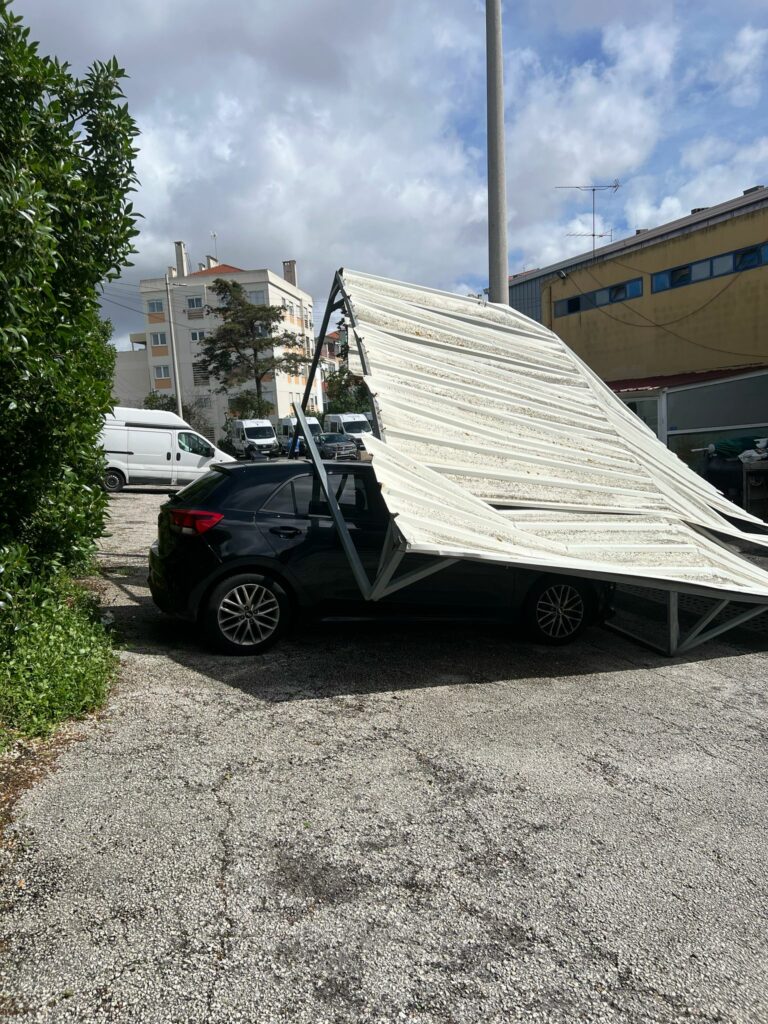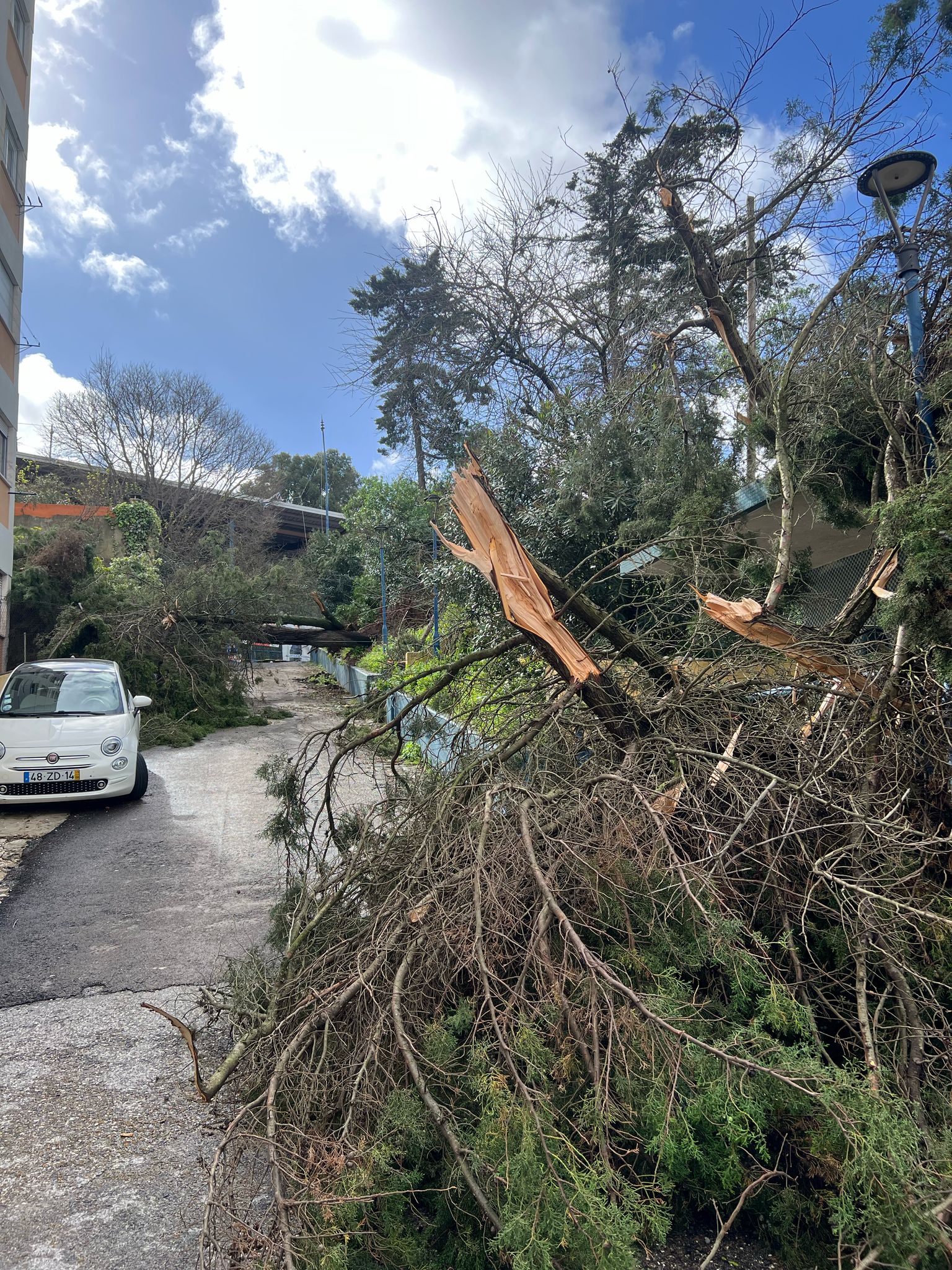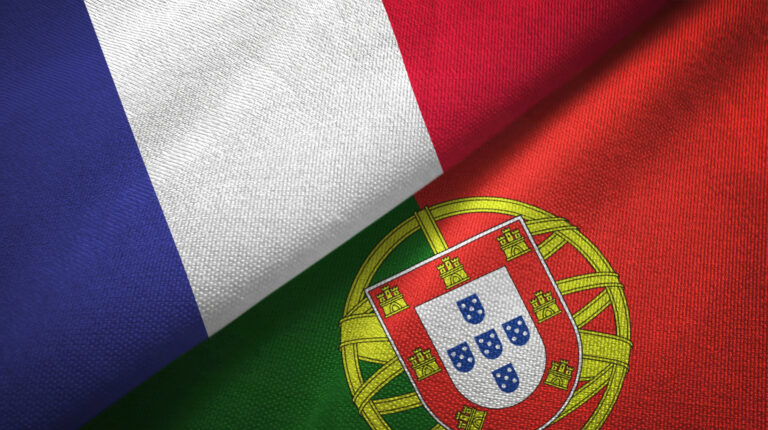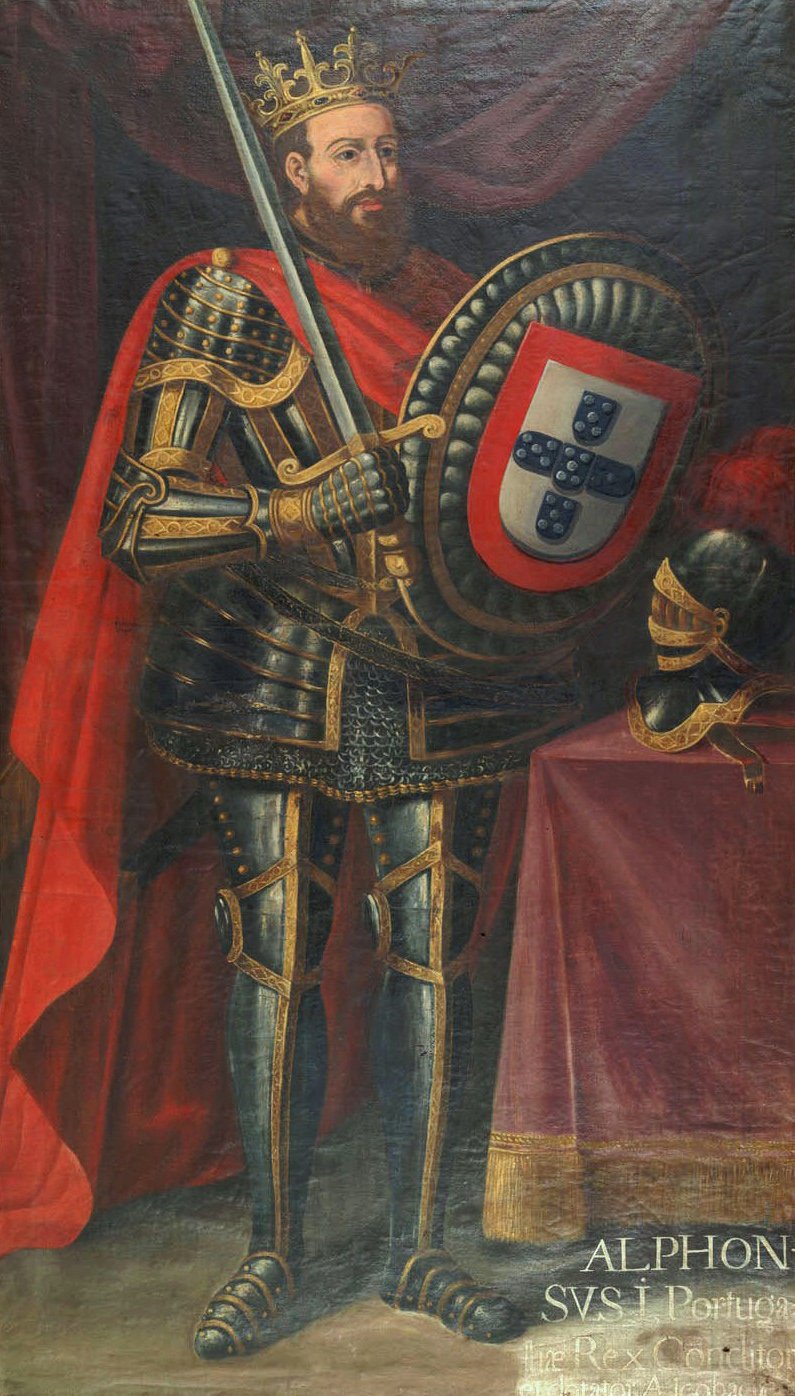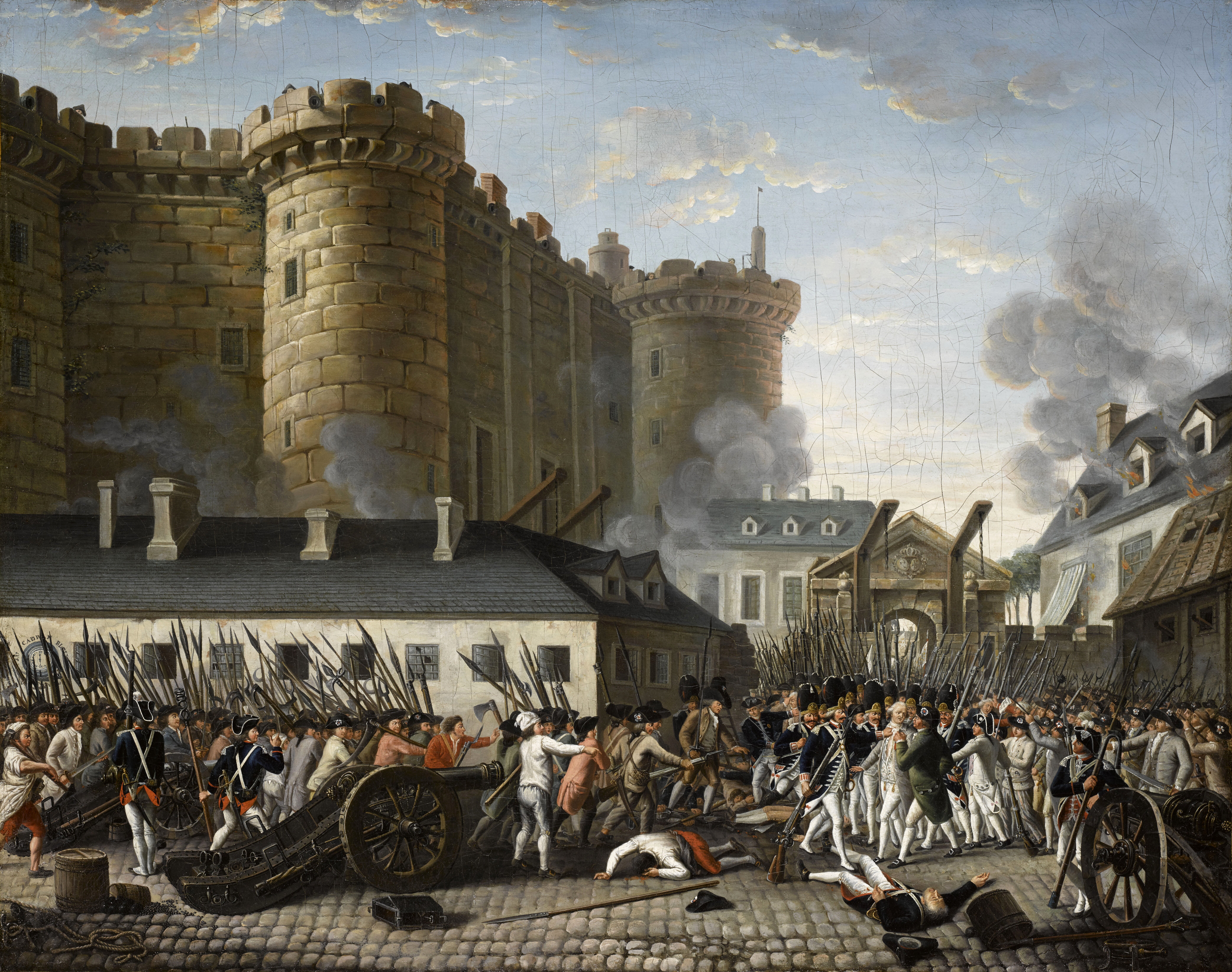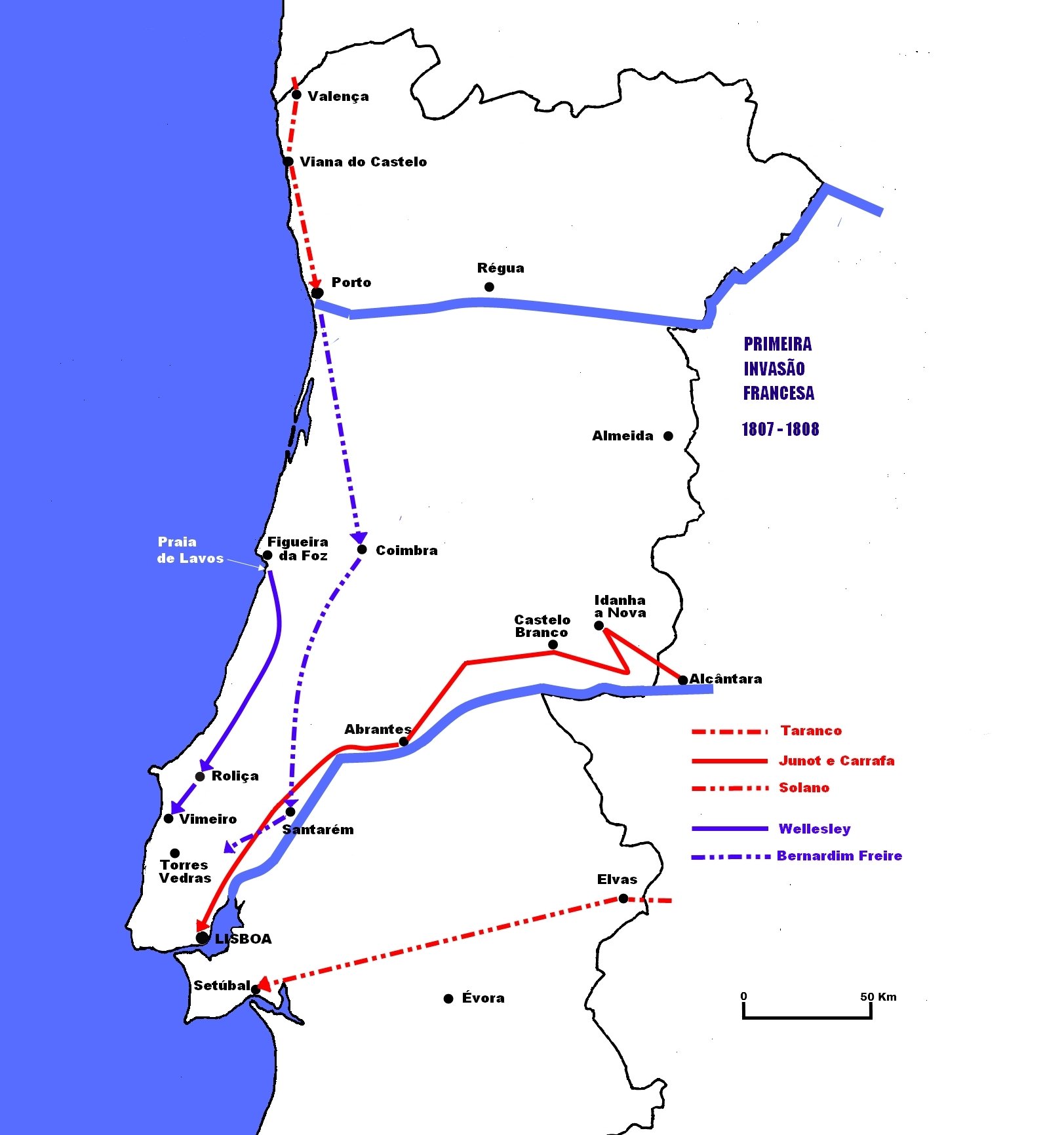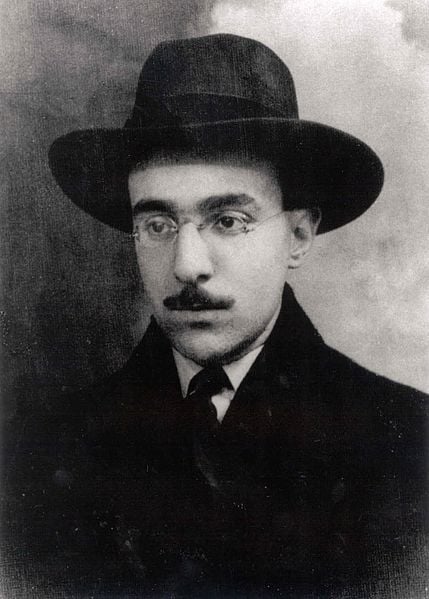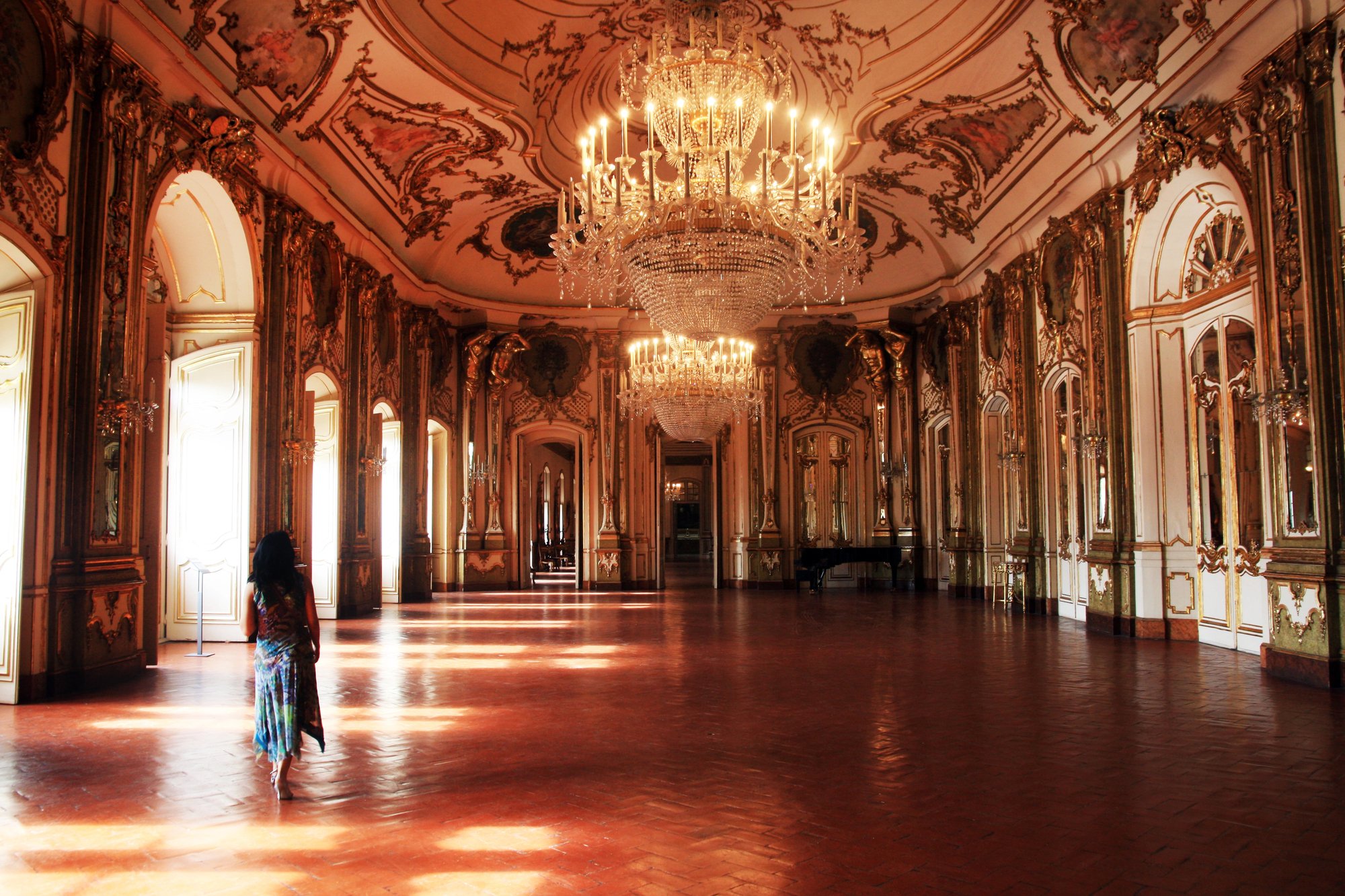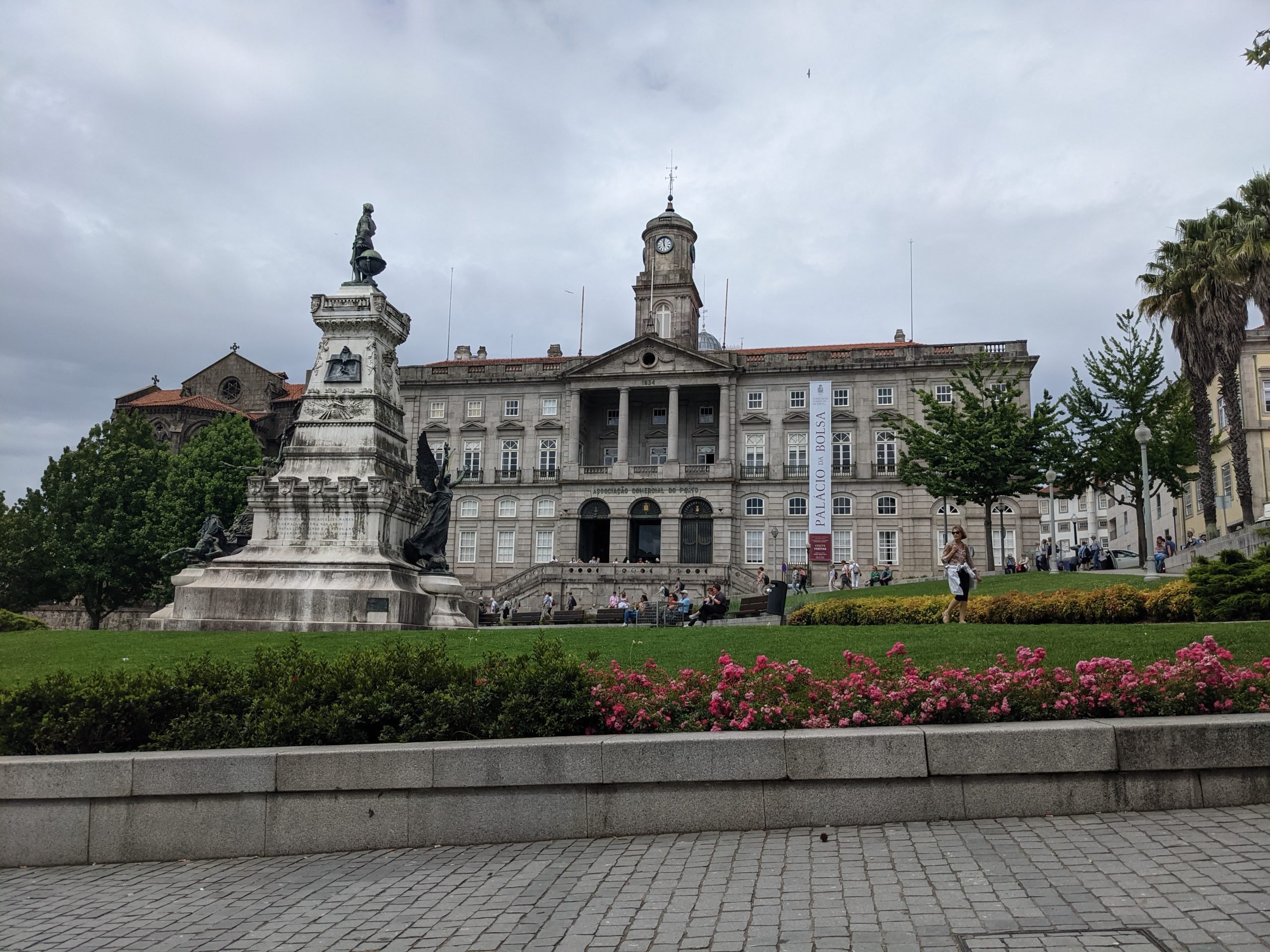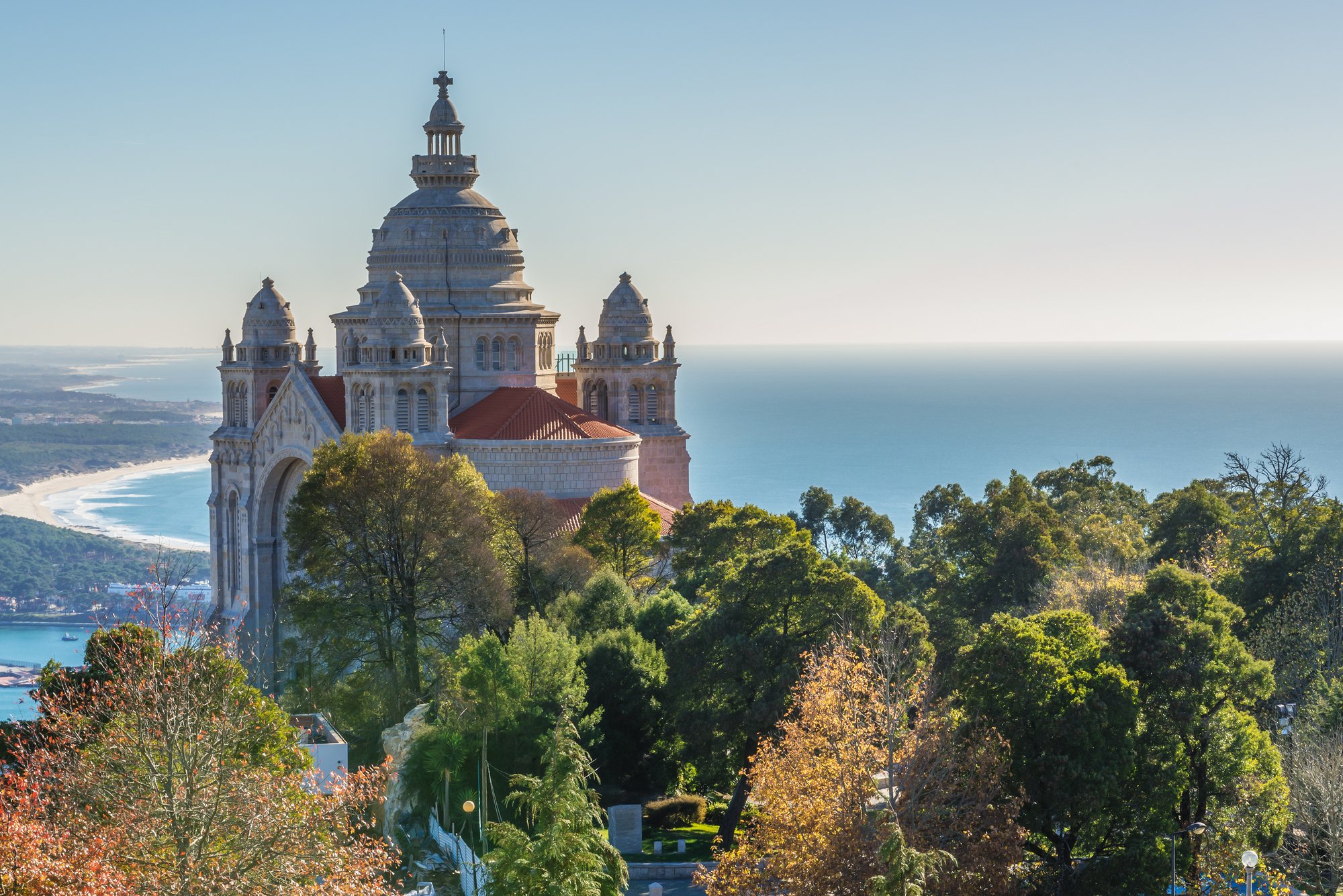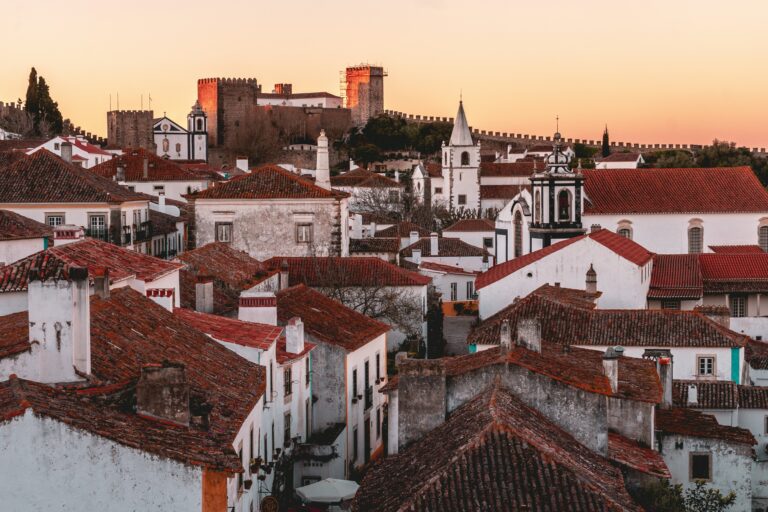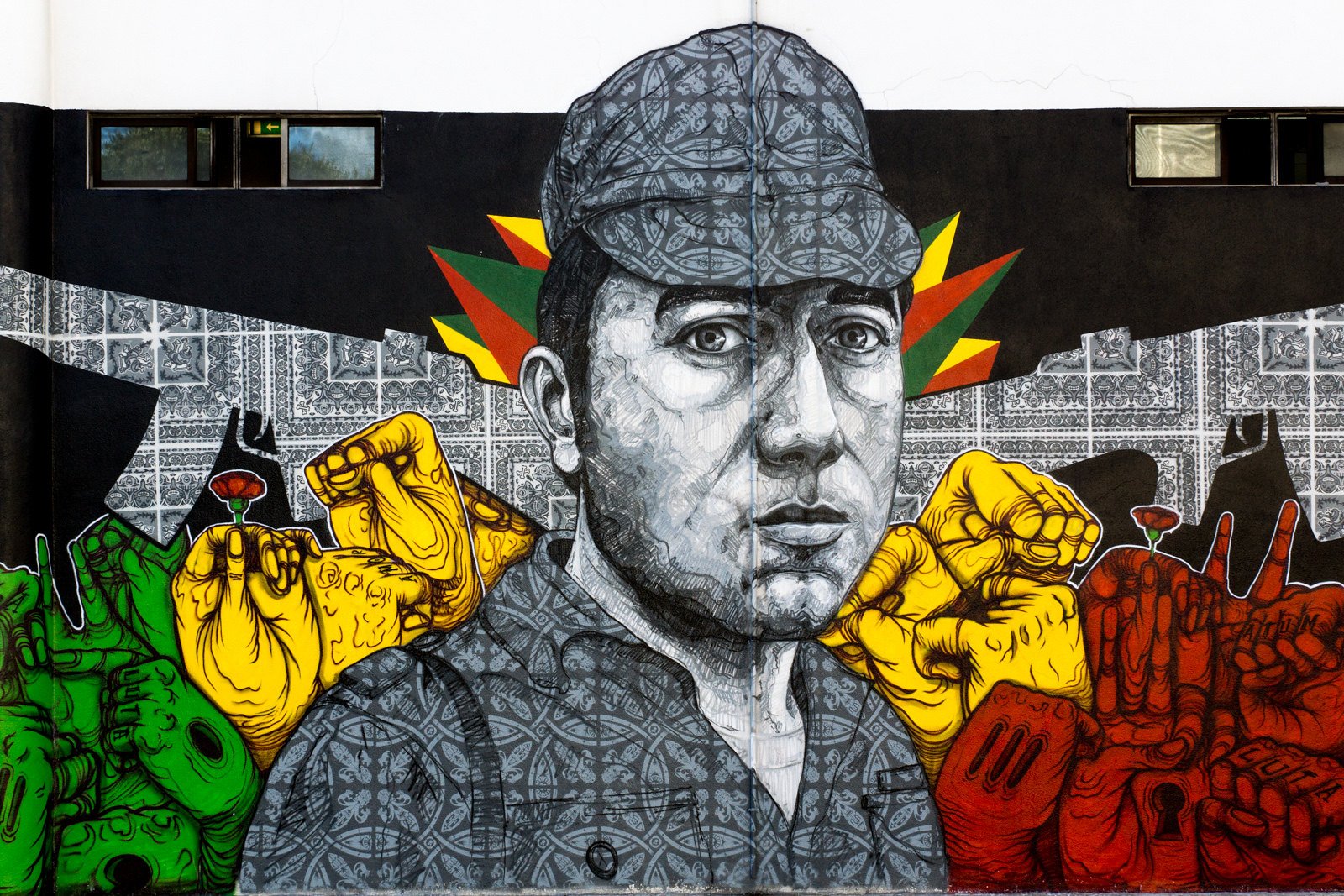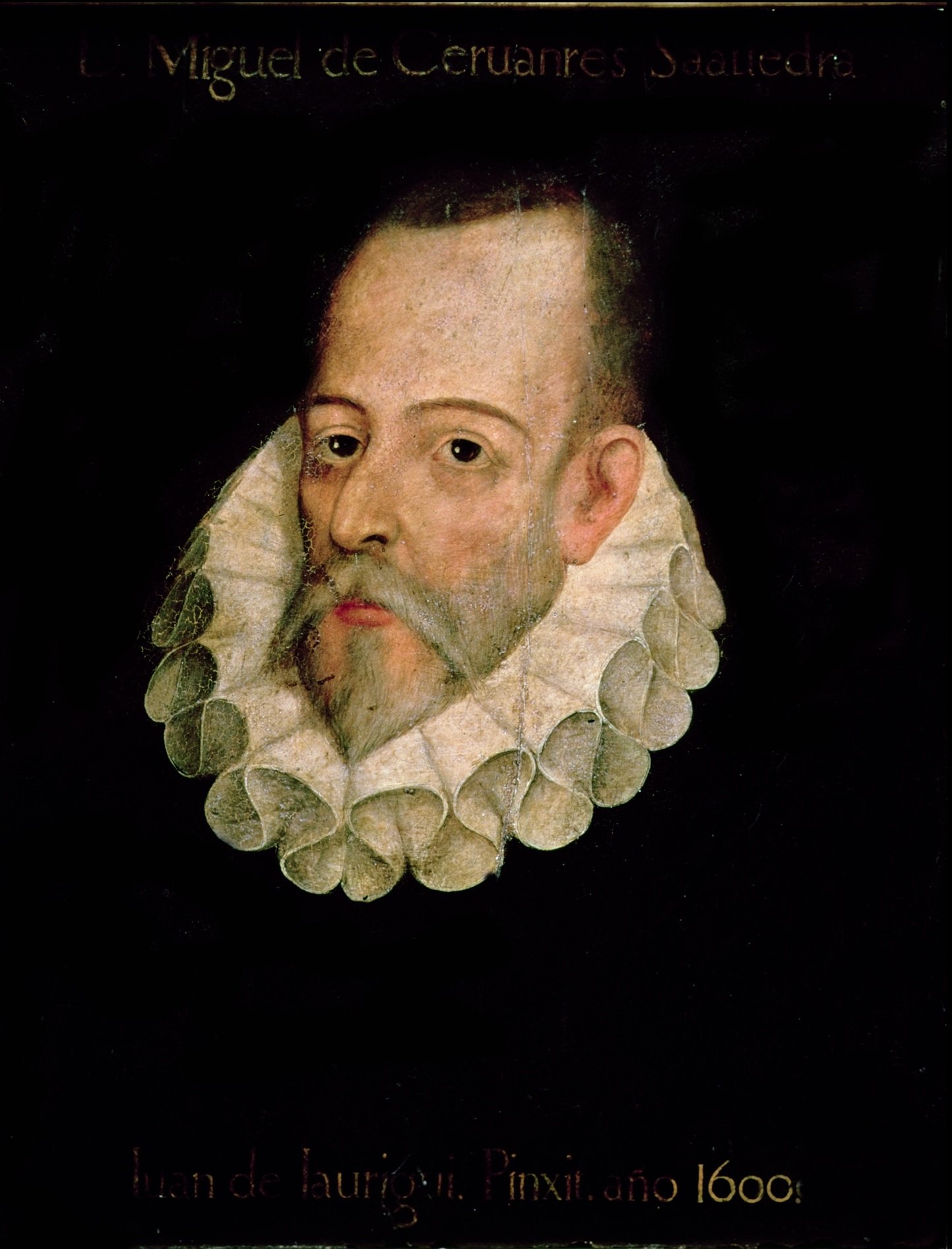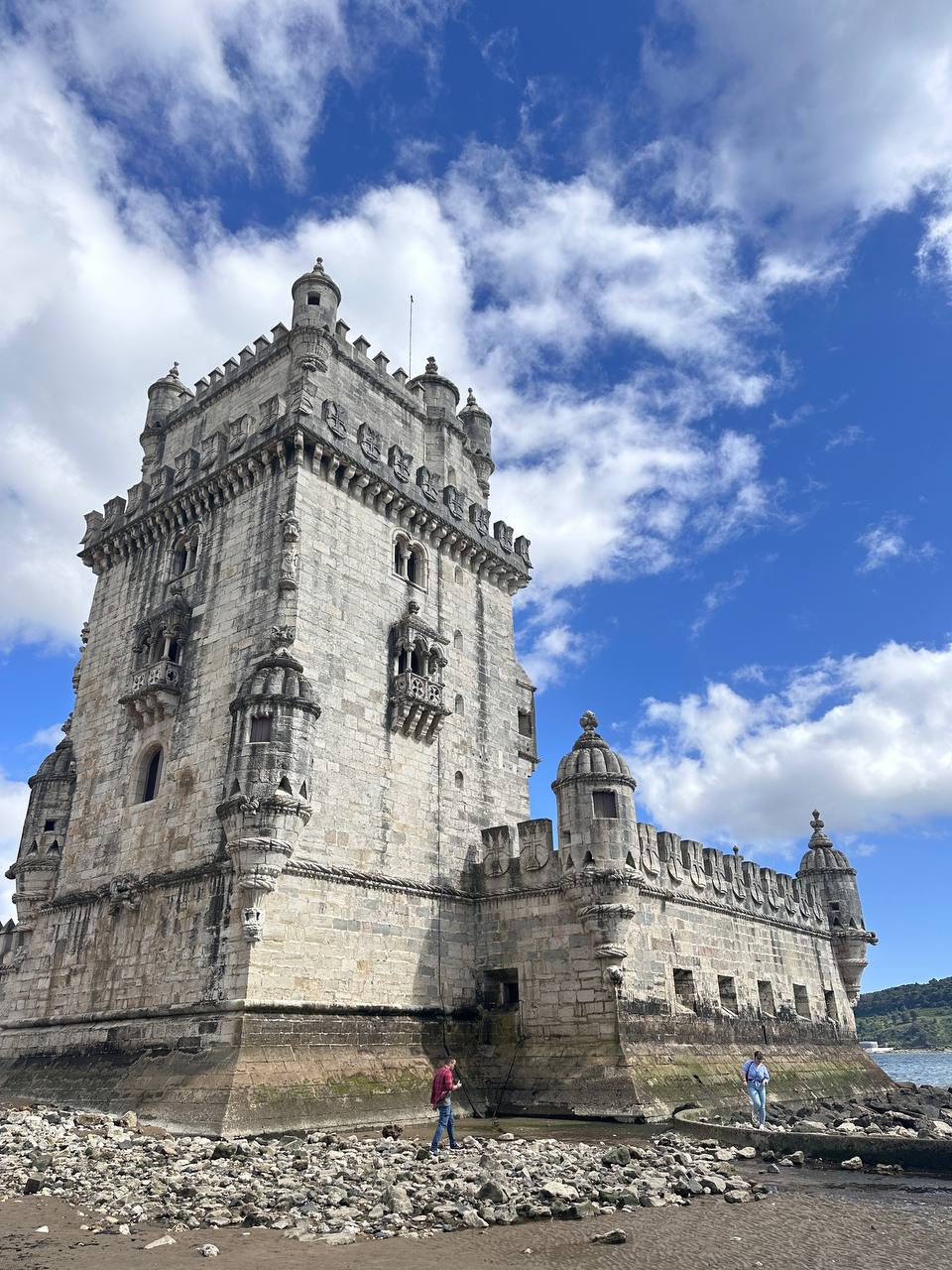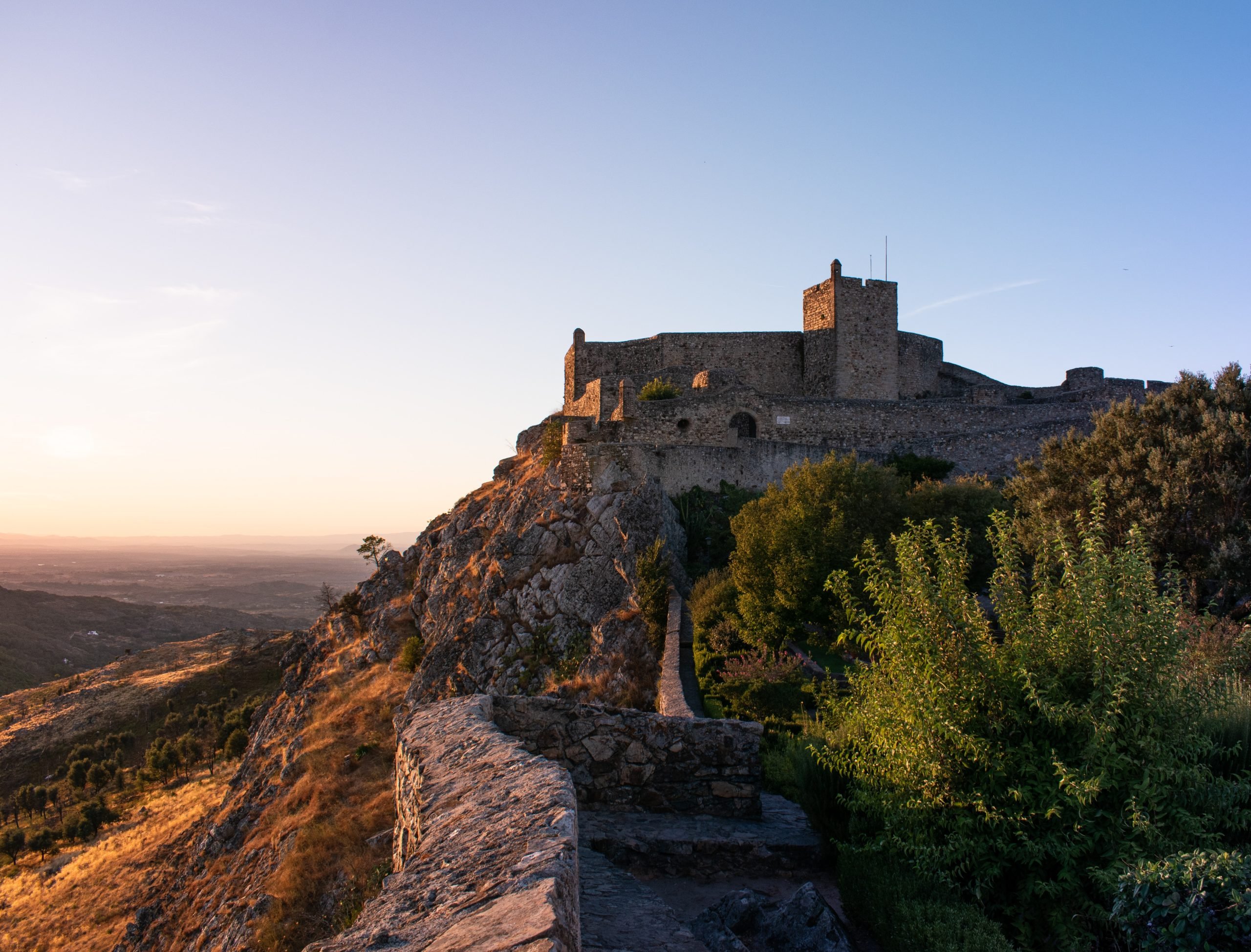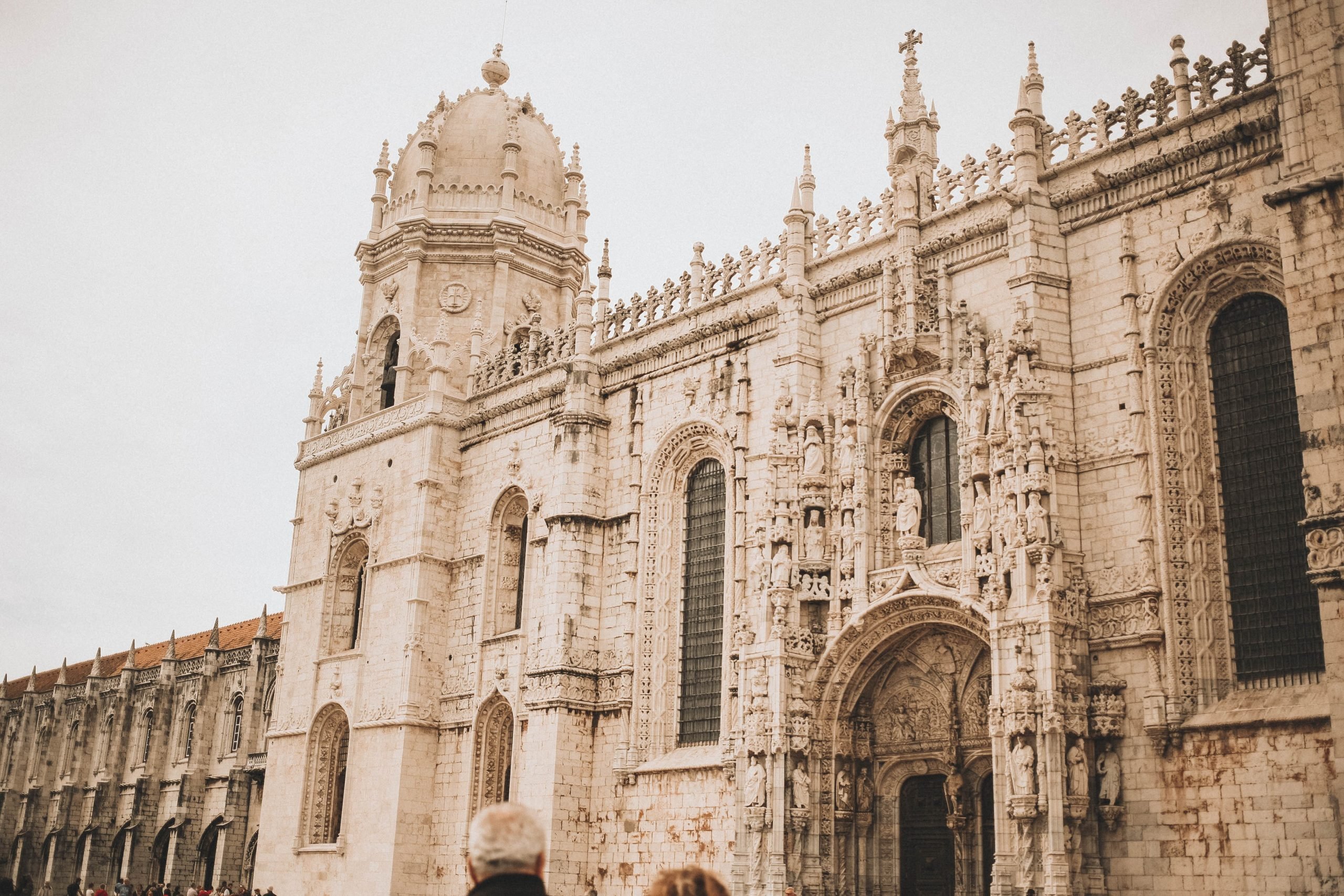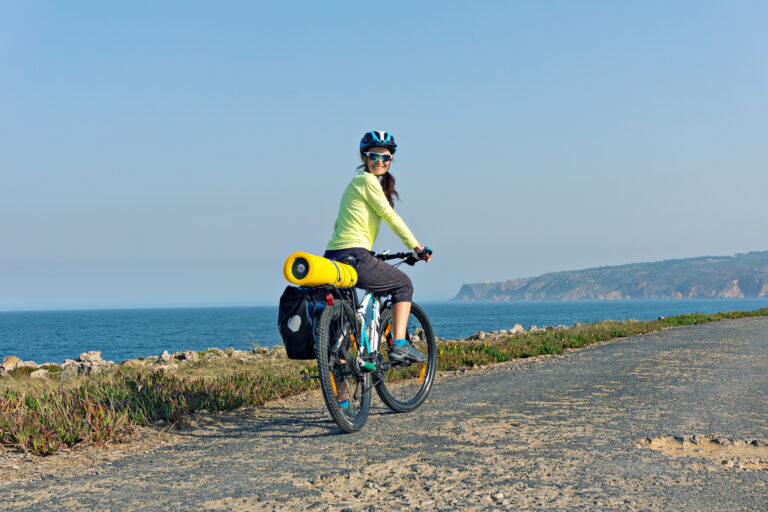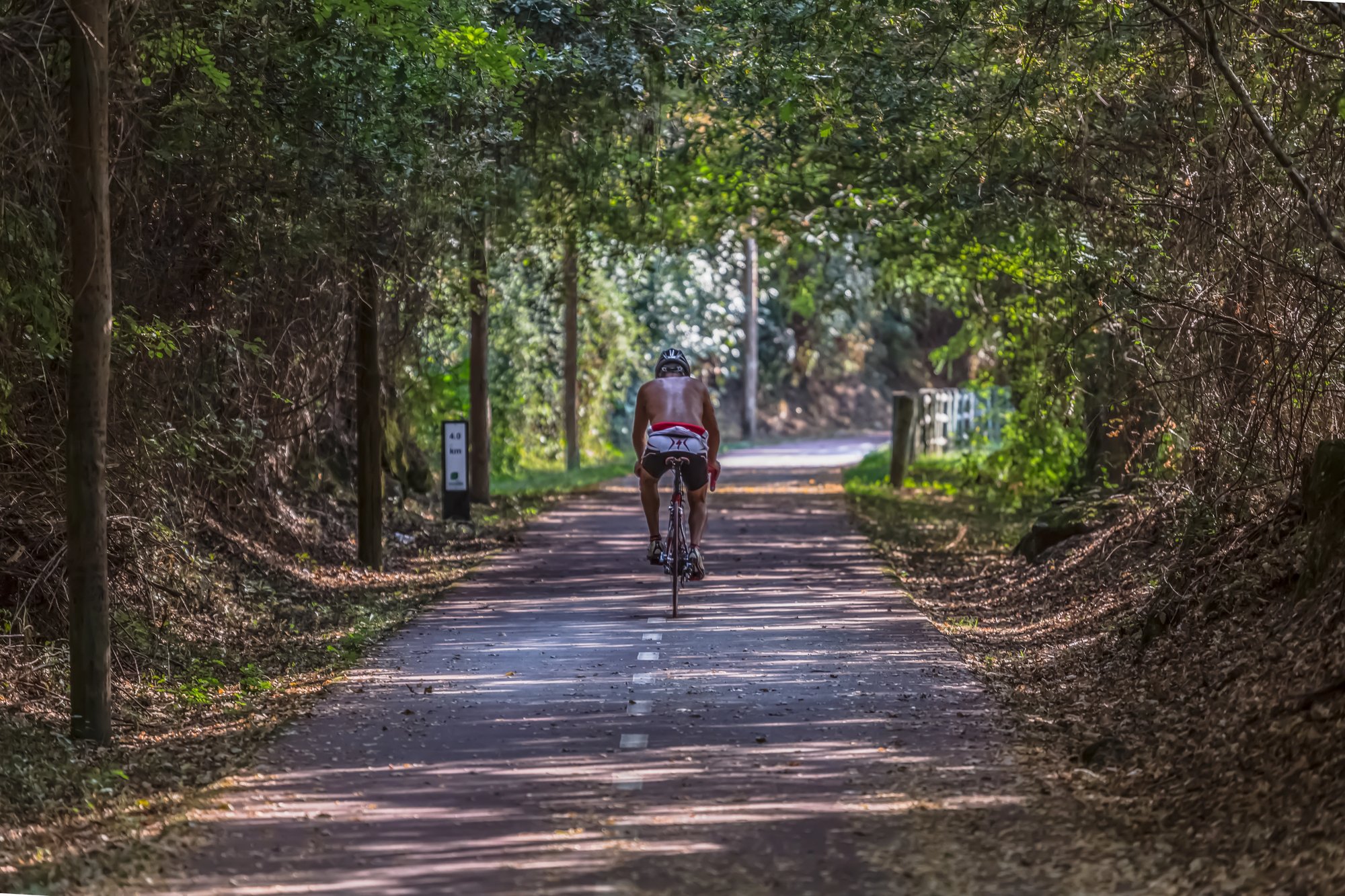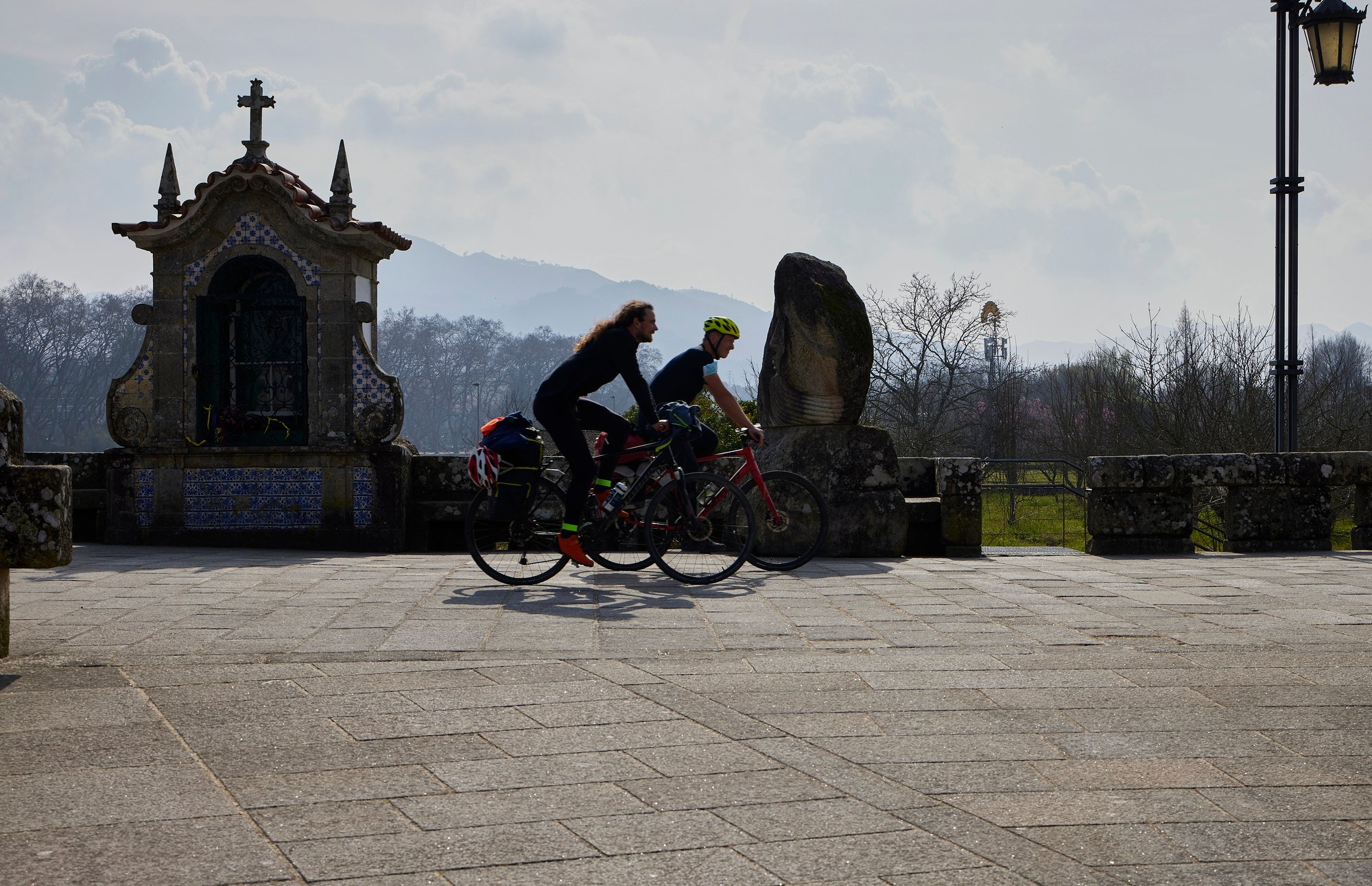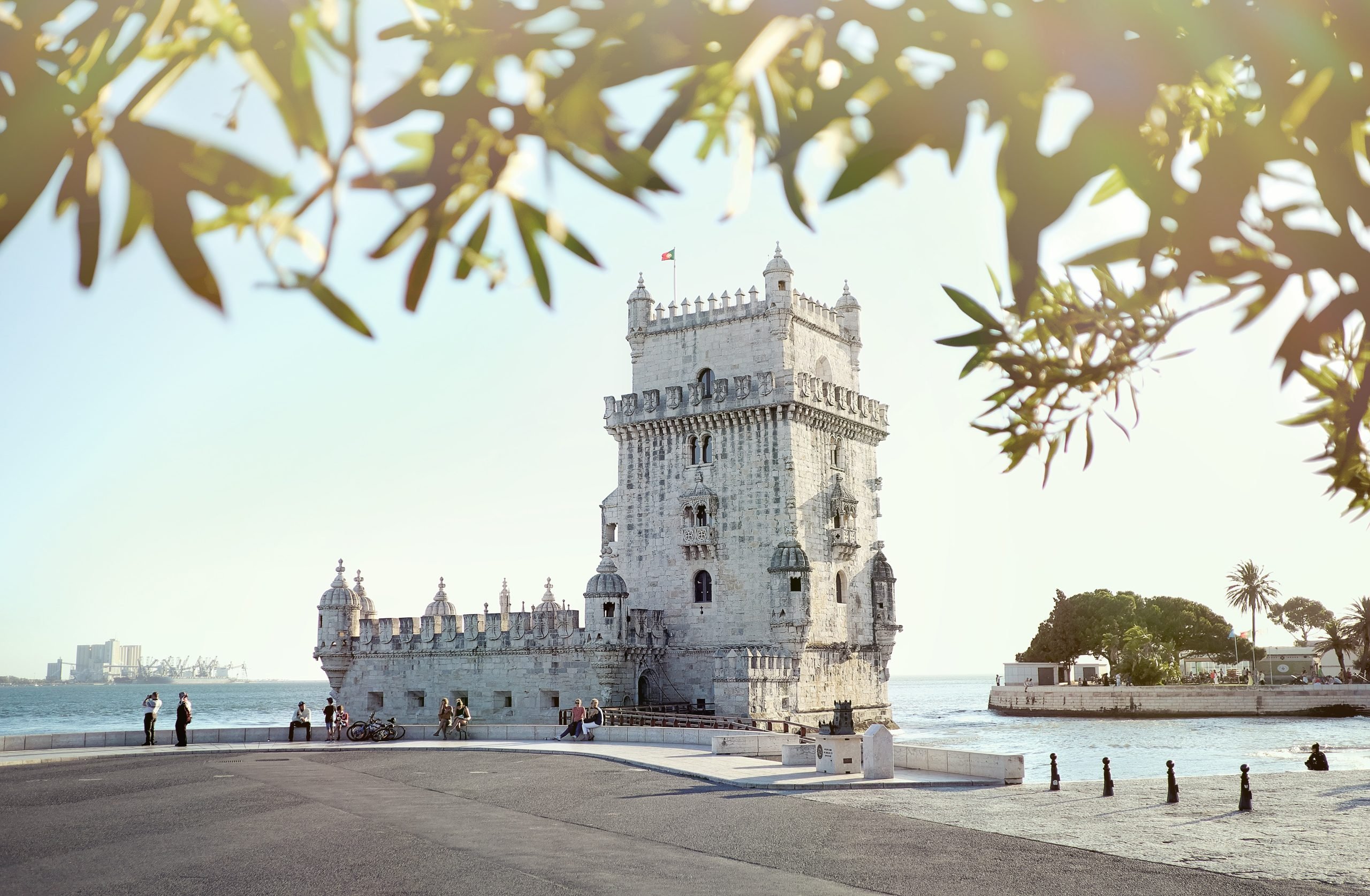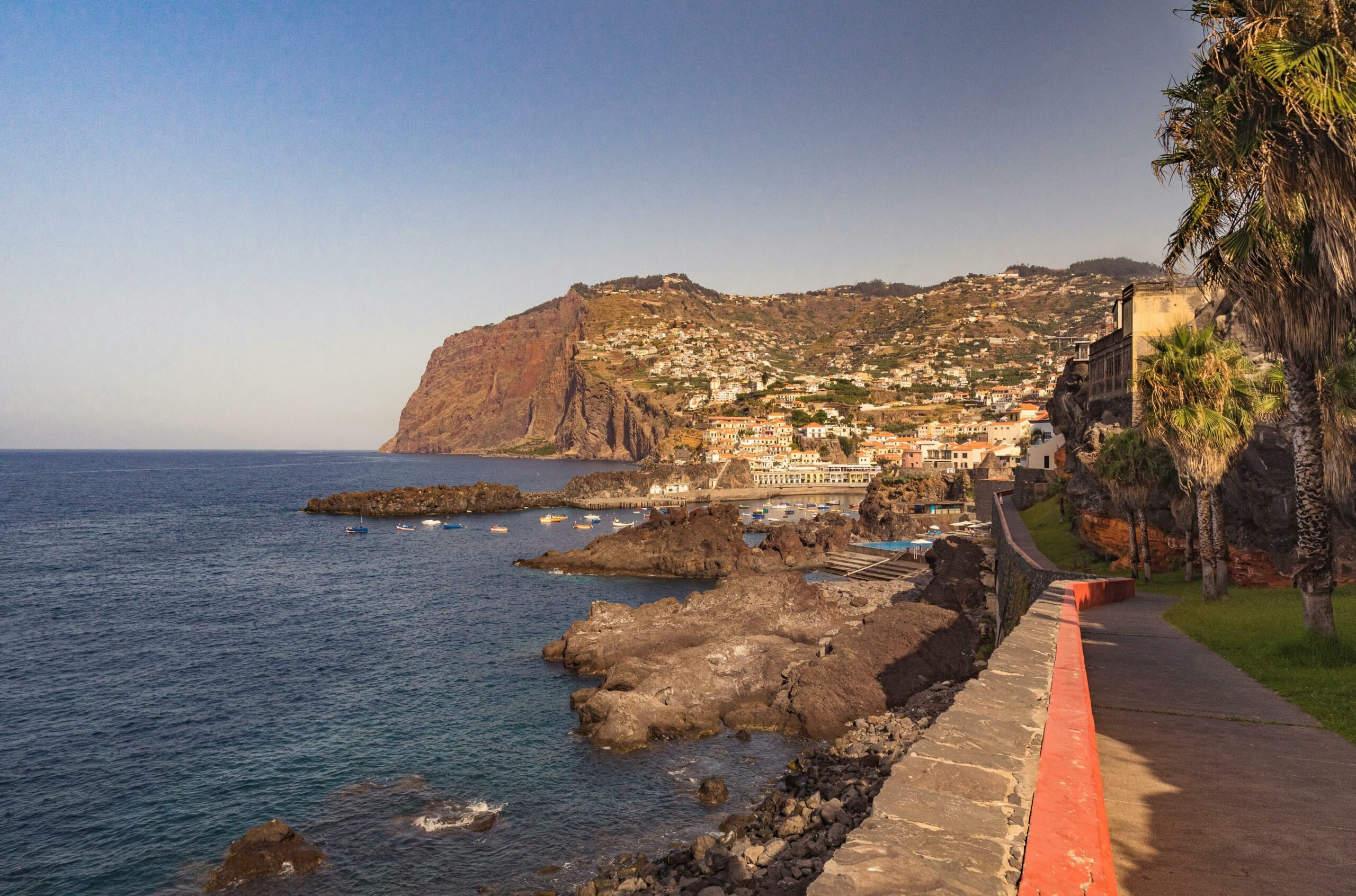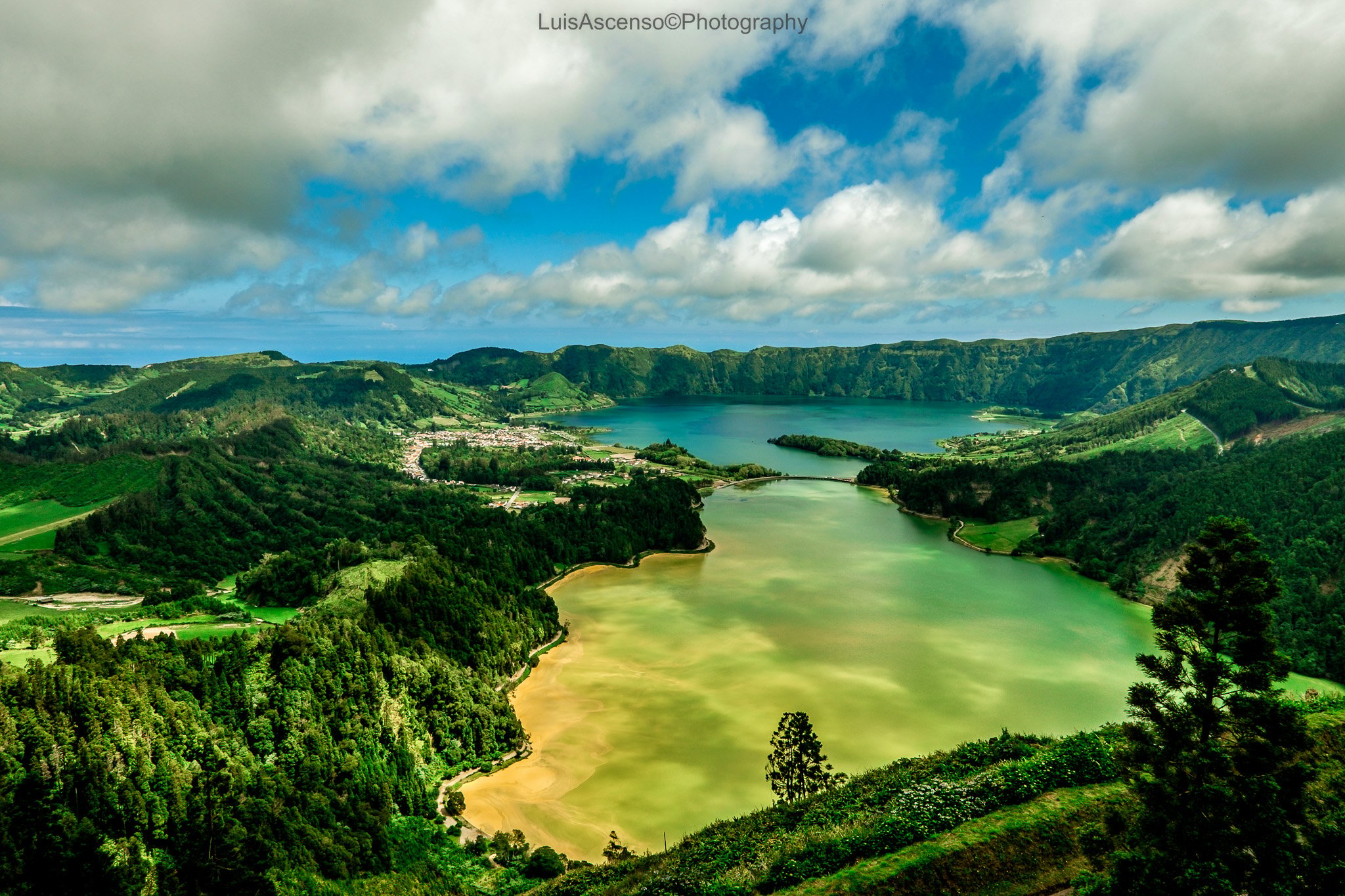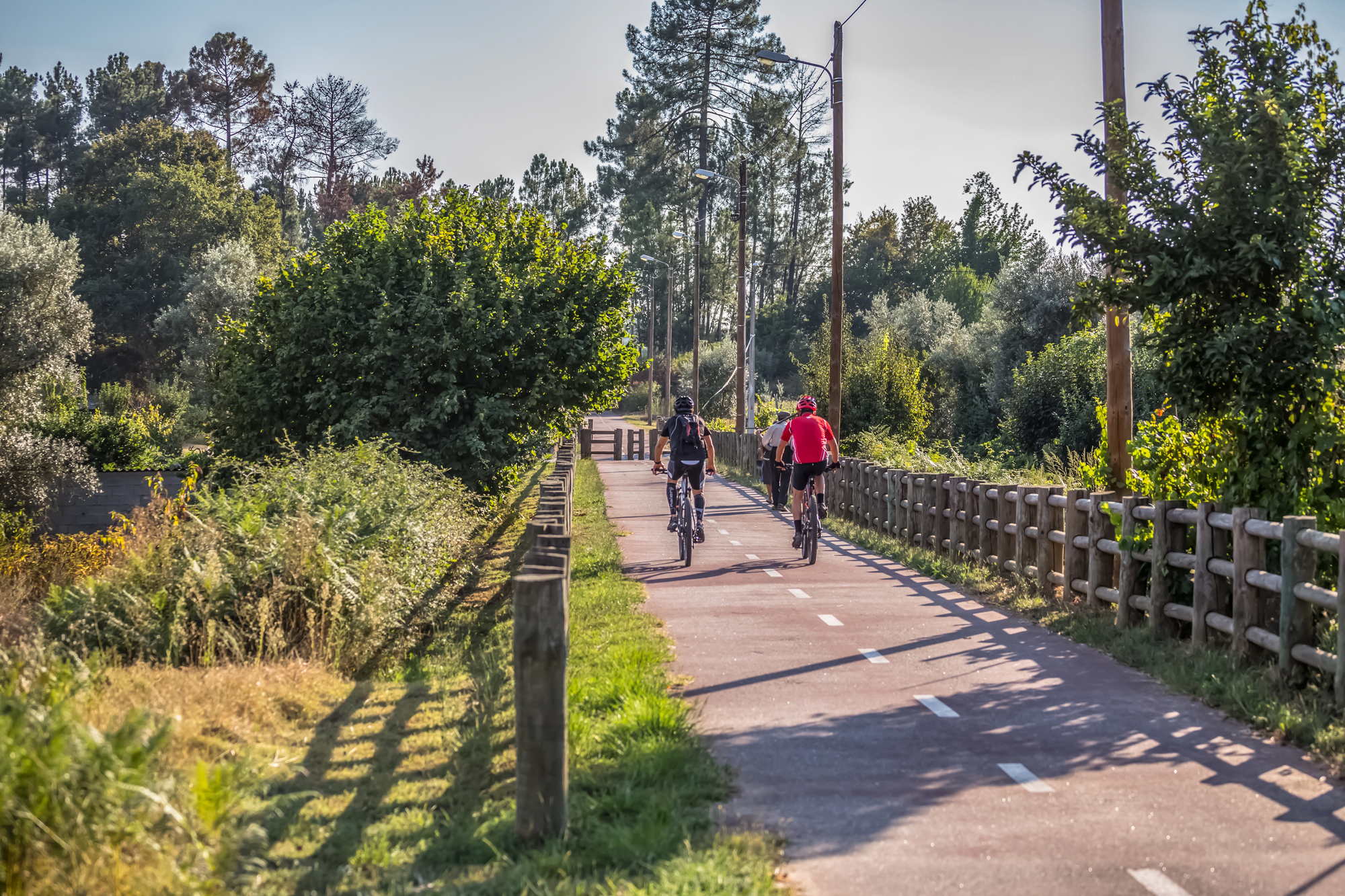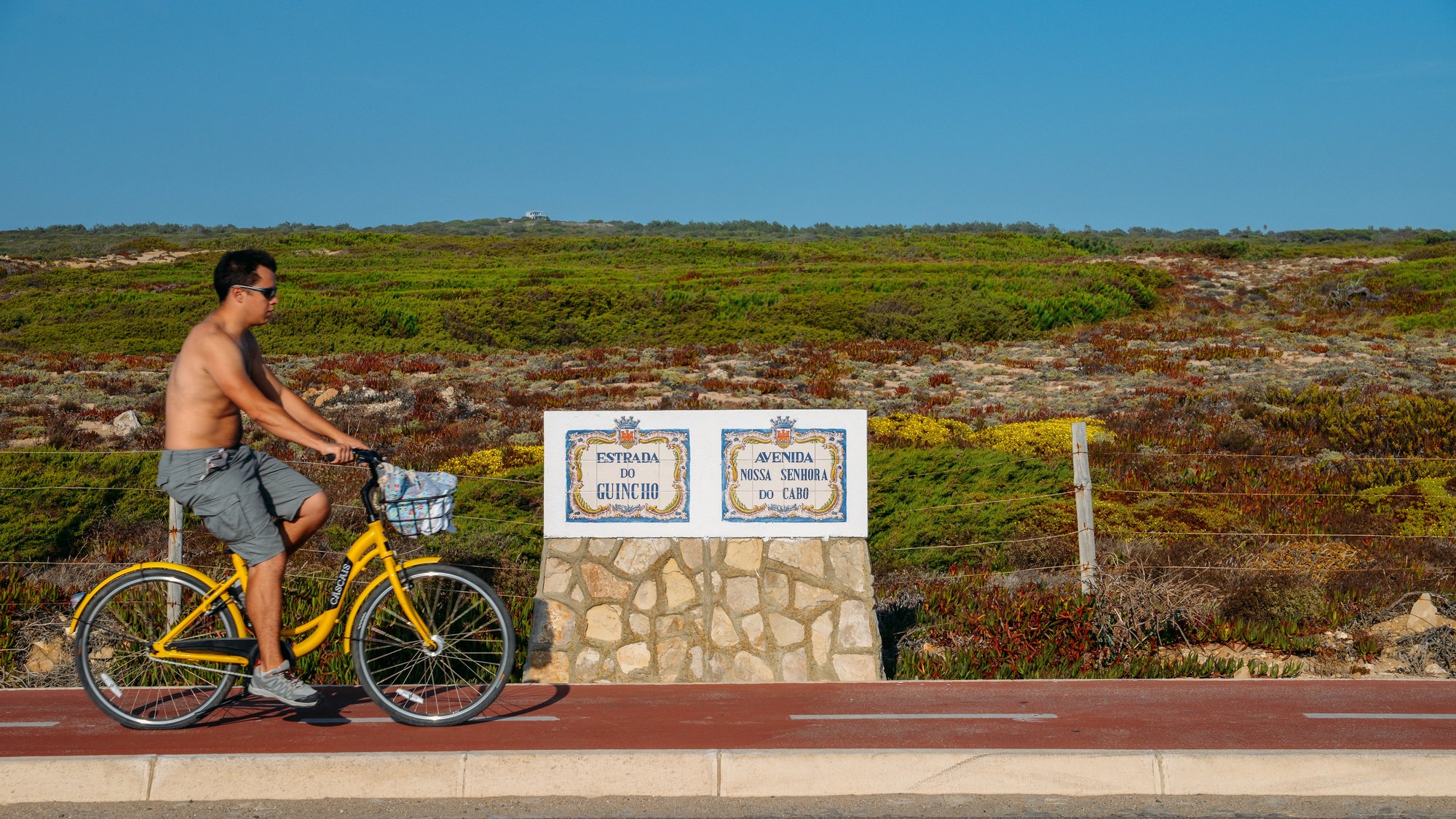1. Admiral Gouveia e Melo Postpones Presidential Candidacy Decision Until After Legislative Elections, Hoping the Campaign Will Rise Above “Petty Political Party Struggle”
Gouveia e Melo delayed the decision on his potential Presidential candidacy, stating he doesn’t want to contribute to unnecessary noise during the legislative elections. At an event in Arouca for the Honrar Portugal association, he emphasized the importance of focusing on the elections to form a credible government with the capacity to govern, which he believes is what the Portuguese people desire. Meanwhile, he acknowledged growing voter abstention and concerns about public detachment from the democratic process, stressing the need to keep democracy representative.
The admiral expressed hope that the “petty political party struggle” would shift to discussions about economic development and international security, framing these issues as critical for the country’s future. He indicated that, while he doesn’t control his supporters, he is grateful for their backing and prefers individual support rather than organizational endorsements.
On a side note, Gouveia e Melo was set to participate in rafting on the Paiva River in Arouca, but due to safety concerns, the activity was substituted with a walk. Among the participants was businessman Mário Ferreira, who voiced his support for Gouveia e Melo’s potential run for President, describing him as the right candidate for the role, with the qualities of honesty, determination, and the right profile for the position.
Read more from our source here.
2. Experts Say That Portugal Should Follow Spain’s Example and Lower the Alcohol Limit for Driving
On Wednesday, the Portuguese Society of Alcoholology (SPA) insisted that Portugal should follow Spain’s lead, reducing the blood alcohol limit for driving to 0.2 grams per liter. The Spanish parliament approved the proposal to lower the current 0.5 g/l limit to 0.2 g/l for all drivers, regardless of profession or experience. Joana Teixeira, president of the SPA, praised the initiative, emphasizing the significant difference in effects between 0.2 and 0.5 g/l on a driver’s coordination and judgment. She explained that, at 0.2 g/l, drivers experience slight euphoria and reduced inhibitions, while 0.5 g/l leads to more severe impairments like slower speech and motor coordination issues.
In Portugal, the alcohol limit is 0.5 g/l for most drivers and 0.2 g/l for professional drivers, but Joana Teixeira advocates for a “zero” tolerance approach. The psychiatrist highlighted the dangers of alcohol impairment in driving, noting that the road accident rate doubles with 0.5 g/l compared to 0.2 g/l. With alcohol consumption at its highest in Europe, Portugal faces an alarming rise in alcohol dependency, with a 50% increase over the past decade, according to recent surveys.
Given the context, the President of the SPA called for widespread awareness campaigns to educate the public about the risks of driving under the influence, stressing that alcohol’s effect on perception and behavior is often underestimated. Note that, as daily alcohol consumption rates in Portugal lead Europe, the SPA insists on the urgency of addressing alcohol dependency and its connection to road safety, urging policymakers to adopt stricter measures in line with international standards for safer driving.
Read more from our source here.
3. Penalties for Assaulting Police Officers and Teachers to Increase Starting in April
Starting April 18, in Portugal, a new law will increase penalties for those who assault police officers, firefighters, teachers, doctors, journalists, and other public service agents. The law strengthens the legal framework for assaults against law enforcement and public servants, transforming some into public crimes, which means victims no longer need to file a complaint for criminal procedures to be initiated. Additionally, the law includes exemptions from court fees in these cases, further reinforcing the protection of public agents.
The penalty range for assaulting law enforcement and public service agents will be from one to five years in prison, but those who use “violence, including serious threats or harm to physical integrity” against police officers, military personnel, and firefighters could face up to eight years. Another key change is the increased penalties for throwing projectiles at vehicles owned by public servants, such as police, doctors, teachers, or firefighters, with offenders facing up to two years in prison or a fine of up to 240 days.
The law extends these harsher penalties to local government members, prison guards, public transport workers, tax authority members, healthcare professionals, and more. As mentioned, any assault against these individuals will be categorized as a public crime, thus eliminating the need for victims to file a formal complaint. In short, this new legal framework emphasizes the protection of those who serve the public by reinforcing the severity of attacks against them.
Read more from our source here.
4. Five Issues That Will Dominate the Electoral Campaign
Less than two months before Portugal’s early legislative elections, themes like Spinumviva, the crisis surrounding Prime Minister Luís Montenegro’s family business that led to the fall of the Government, dominate the political discourse. President Marcelo’s request for a “serene, dignified, elevated” debate seems increasingly difficult amidst intense accusations. The truth is that the scandal will be unavoidable in the campaign. Montenegro defends his actions while Pedro Nuno Santos, from PS, pushes claims of concealment and corruption. Meanwhile, Chega highlights the ties between PSD and PS, accusing both of corruption.
Economy-wise, despite political instability, Portugal’s economy shows resilience. Growth projections are somewhere around 2.5%, with the country witnessing a fiscal surplus and decreasing public debt. However, criticisms of PSD and PS’s economic policies are mounting, with accusations of benefiting the privileged while inequality, youth emigration, and low wages persist. Housing also remains a key issue, with prices rising as government interventions, like new housing projects, fail to fully address the crisis.
Health policy will be another hot topic, especially with mounting criticism of the National Health Service (SNS) under both the AD and PS. Despite government efforts to reduce waiting times, hospital inefficiencies continue, and the approved PPPs have sparked opposition. Finally, immigration policy has become a battleground, with Montenegro taking a tough stance on border control and integration, a topic that had long been dominated by Chega. As such, the upcoming election will test whether these themes push voters toward or away from the established political system.
Read more from our source here.
5. “Green Lane” for Hiring Immigrants Coming Soon
The Portuguese government is creating a “green lane” to expedite the issuance of work visas for foreign workers, aiming to support business recruitment while regulating immigration. This protocol, which is still under discussion, outlines a five-step process starting with employers submitting documentation to the Directorate General of Consular Affairs (DGACCP) for visa applications. After assessments from AIMA and UCFE, consular posts make the final decision, with the entire process taking no more than 20 days if legal requirements are met. Employers must fulfill several responsibilities, such as ensuring valid contracts, offering professional training, and providing adequate accommodation.
Employers’ obligations are extended to ensure ethical recruitment practices, preventing exploitation or human trafficking, and guaranteeing housing arrangements that won’t worsen local housing pressure. Businesses will need to demonstrate that they can meet these commitments, with confederations ensuring compliance. Additionally, companies will also need to ensure the presence of health insurance coverage and provide the necessary documentation, which includes personal details of recruited foreign workers.
Note that the green lane initiative stems from a broader government effort to tighten immigration rules while meeting labor market needs. Originally proposed in summer 2024, it marks a shift toward controlled immigration that balances business needs with social responsibility. Employers must now show they can meet the criteria, with the possibility of suspension for non-compliance. The protocol is set to be signed soon, following minor adjustments to its initial framework.
Read more from our source here.
6. From Fire Prevention to Aid Support, the New €6.4 Billion Forest Plan
The Portuguese government has launched a €6.4 billion Forest Intervention Plan until 2050, emphasizing the importance of managing 36% of the country’s territory, which is forest. With €246 million annual investments, peaking at €400 million by 2030, the plan prioritizes forest resilience and fire prevention. Funds from the Environmental Fund and community sources will support forest management, ecosystem services, and recovery of burned areas, targeting an additional €1.4 billion annual value added to the forest economy by cultivating industries like cork, wood, and paper.
Among the plan’s 19 measures, it includes incentives for active forest management, a tax model to boost productivity, and the promotion of forest-based products in construction. The government also aims to increase tree planting, restore 20% of the national forest, and manage 420,000 hectares annually. Through the creation of Village Condominium projects and new legislation, it targets enhancing forest resilience, controlling invasive species, and advancing carbon market development to combat climate change.
Fire prevention is at the plan’s core, with a focus on investigating fire-related crimes, improving legislation for faster action on private land, and creating 42,000 hectares of fuel management strips by 2026. The government is also pushing for reforms in rural property management to address fragmentation, with changes in property acquisition, and better protection for holm oaks and cork oaks. Additionally, long-term goals include strengthening forest governance, with a new strategy to enhance the ICNF’s (Institute for Nature Conservation and Forests) role in ensuring a more resilient and sustainable forest future.
Read more from our source here.
7. Lisbon Is One of the Ten European Cities Where People Consume the Most MDMA
Lisbon ranks among the top European cities for MDMA consumption per capita, according to the EUDA’s latest wastewater analysis. Along with Belgium, the Czech Republic, and the Netherlands, Portugal stands out for high levels of MDMA – which, depending on the form, can be also known as ecstasy – in wastewater. The study, conducted by the SCORE group, analyzed 128 cities, including Lisbon, Porto, and Almada, revealing a general rise in MDMA use from 2023 to 2024.
In addition to MDMA, cocaine and amphetamines saw increased consumption in most cities, with ketamine and methamphetamine levels remaining relatively stable. Cannabis, however, showed a downward trend across Europe, except in Lisbon and Almada, where consumption continues to rise. Portugal remains one of the top four countries for cannabis use, alongside Spain, the Netherlands, and Norway.
The EUDA also tracks weekly drug consumption patterns, finding that substances like MDMA, ketamine, and cocaine peak on weekends. Meanwhile, cannabis, amphetamines, and methamphetamines show little daily variation. Note that this ongoing study provides valuable insights into drug use trends across Europe, and Portugal continues to counter some of them, particularly in cannabis consumption.
Read more from our source here.
8. Seventy Restaurants in Portugal Will Receive Top Honors from the Largest Spanish Guide
The Repsol Guide, a major competitor to Michelin, is bringing its prestigious “suns” to Portugal, with 70 restaurants already set to receive one, two, or three suns, the highest honors. Unlike traditional award ceremonies, chefs will know beforehand whether they have won. The gala in Santarém will be “super dynamic,” with different phases, including fun moments and formal speeches, following the lively Spanish format that raised expectations for this year’s event.
In Spain, chefs like Pedro Sánchez and Susi Díaz received three suns, a recognition for an “exceptional gastronomic experience,” where service, ingredients, and execution are flawless. The guide, which will be digital-only in Portugal, will also spotlight 180 recommended restaurants, with a sustainable sun awarded to those committed to eco-friendly practices. This addition to the culinary narrative will unite chefs and gastronomic professionals, offering a new platform for recognition.
The Portuguese chefs Henrique Sá Pessoa, Carlos Teixeira, and Marlene Vieira all expressed their excitement for the potential to raise their profiles in Portugal with the new guide, which brings a refreshing approach to awards. The event, which will highlight individual achievements, will also celebrate the community of chefs with a cocktail and welcome party. The Portuguese gala, unlike many boring awards shows, promises to be engaging, with suggestions for fun presenters like Joana Marques and César Mourão.
Read more from our source here.
9. In April, the Doors of Avenida da Liberdade Will Be Open Even Wider
Avenida Open Week returns from April 5 to 11, opening 24 spaces along Avenida da Liberdade, Lisbon’s most luxurious avenue. From Cinema São Jorge to Palácio da Anunciada, visitors will be able to explore the behind-the-scenes of some of Lisbon’s most iconic locations. These also include Teatro Variedades, Capitólio, and the Sofitel Lisboa Liberdade and Tivoli hotels, among others. A mix of guided tours, exhibitions, and open classes will allow locals and tourists alike to discover the cultural, gastronomic, and artistic treasures of the city’s landmark avenue.
Hands-on experiences will take center stage, with a coffee workshop at Delta The Coffee House Experience, personalized eyewear sessions at André Ópticas, fresh pasta making at Libertà Kitchen, and a jewelry creation process reveal at Maria João Bahia’s atelier. Guests can also enjoy a cocktail masterclass at SEEN by Olivier, a wine tasting at 1933 – Wine & Spirits Collection by Garrafeira Nacional, pilates sessions, styling services at Guess and Pinko stores, and other interactive activities that promise to engage participants throughout the week.
All activities are free but require prior registration due to limited spots. Visit the event’s website for full details and sign up by March 31. Note that Avenida Open Week offers a unique opportunity to dive into Lisbon’s culture, craftsmanship, and luxury, inviting both locals and visitors to experience the city in a new and exciting way. To register, please send an email to [email protected].
Read more from our source here.
10. New Museum – MACAM – Opens Its Doors in Lisbon, with 500,000 Euros Per Year for Acquisitions
MACAM opened this Saturday, March 22, 2025, at the renovated Palácio Condes da Ribeira Grande, showcasing over 215 works from Armando Martins’ vast collection. The Portuguese businessman, who began collecting art at 18, invested in his first original painting in 1974 and made it a lifelong journey. His new museum will continue to expand, with plans to spend 500,000 euros annually on new acquisitions. The five-star hotel, which is part of/connected to the museum will feature artworks in its 64 rooms, presenting a fusion of art and hospitality.
The collection spans Portuguese works, with galleries dedicated to renowned artists like José Malhoa, Paula Rego, Almada Negreiros, and Amadeo de Souza-Cardoso, alongside international ones, like Antoni Tàpies. Among the works, a restored chapel hosts Carlos Aires’ installation “Trinity,” and the permanent collection, “A Collection in Two Times,” offers a narrative bridging art across generations, emphasizing pivotal moments in artists’ careers. Apart from that, the museum’s expansion will include temporary exhibitions and spaces for emerging artists, like Marion Mounic’s “Harem”, for example.
When it comes to the museum’s future acquisitions, the focus will be on broadening geographical diversity, expanding into Latin America, Asia, and Africa. Despite Armando Martins’ personal approach to collecting, he now listens to his team’s input regarding exhibitions like “The Anthropocene” and “War: Reality, Myth, and Fiction”, which engage with global issues, pushing critical reflection. It is important to consider that this new museum strives to be “The House of Private Collections.” The goal seems to be to showcase private collections and foster dialogue on climate change, conflict, and art’s role in shaping discourse.
Read more from our source here.

